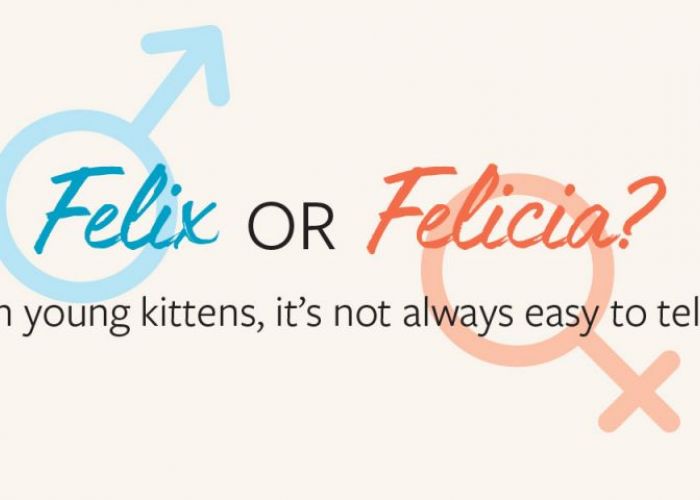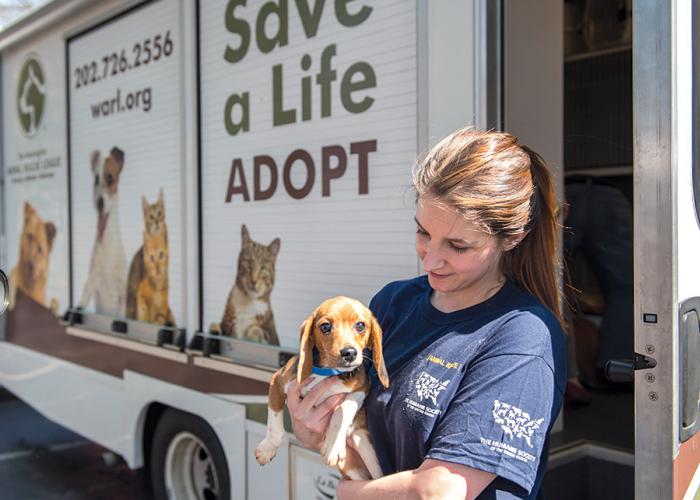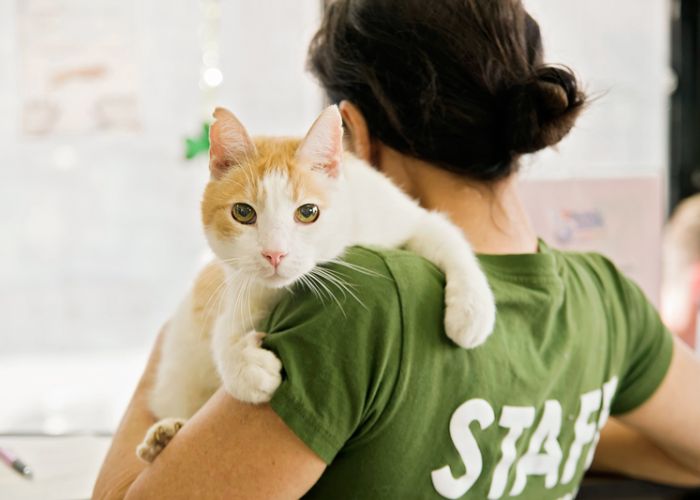Love on the lease
Las Vegas apartment complex takes a winning approach to community cats

Tonja Bradford, property manager of The Palms Apartments in Las Vegas, takes pride in making sure that her residents’ needs are met, that they enjoy the spacious grounds the property has to offer, and that the apartment complex is a safe and happy home.
And the dozens of community cats who call The Palms home are grateful.
“It wasn’t like we decided to open a feral cat B&B; it just kind of happened,” explains Bradford, who has managed the 200-unit property for six years.
A mile south of the Las Vegas strip, The Palms is located in an area with a large transient human population, and free-roaming cats are common. But the feline population exploded after the death of a resident who, unknown to management, had 30 cats in her garden apartment; her son released them onto the property. Around the same time, a neighboring apartment complex was condemned, and many more previously owned pets were out on the streets.
“All of a sudden, we were overrun with homeless, unfixed cats,” says Bradford. “My residents stepped up, and the food and water bowls started popping up all over our property.”
Mickey Leavell, a disabled Vietnam veteran who served as a combat paramedic, was one of those residents. “We have a saying, ‘No man left behind,’” says Leavell, and as far as she’s concerned, that applies to animals as well.
For several years, Leavell had been feeding strays in the area and paying out of pocket to sterilize as many cats as she could, but when the number of cats exploded, it began to seem overwhelming. “We just needed some help,” she says. Fortunately, the Las Vegas Valley Humane Society answered the call.
Pam Coburn, a volunteer with the humane society, was familiar with The Palms, having been contacted by Bradford on several occasions for help placing kittens and sterilizing residents’ pets. In fall 2012, the humane society enlisted the help of local spay/neuter clinics and launched an effort to sterilize 200 community cats at The Palms, free of charge.
“It was an awesome experience but a lot of hard work,” remembers Bradford. “We had way too many cats to do at once, so we had to organize everyone and do the process in planned increments. This required us to start feeding in multiple locations so we could start trapping without scaring the other cats so we could trap them later. … It took us over two months, but we finally got them all.”
The humane approach to community cats was true to The Palms’ progressive pet policies, which include not discriminating against dogs based on size or breed. Bradford estimates that more than 90 percent of residents have pets.
“Tonja was very supportive of what we did,” Coburn notes, and the partnership between the property and the organization has since expanded to include free spay/neuter for residents’ pet cats and dogs. In return, staff and residents monitor the cat colonies and inform Coburn of any new arrivals who are not ear-tipped.
Unlike many properties, where attempts are made to deter cats, The Palms offers its free-roaming felines a choice of living and dining arrangements. The largest colony lives behind the property’s maintenance shop, taking shelter in a couple of empty storage sheds. Other cats have outdoor shelters provided by residents, and some have taken up residence on the patios of empty apartment units. A group of about 20 residents, including Leavell, and staff members feed over 100 cats at nine feeding stations.
The work of transforming a potential crisis situation into a healthy, stable cat population has facilitated a sense of genuine community at The Palms. Many residents have adopted colony cats and kittens and converted them into indoor pets. Still others give money to the colonies’ main caregivers to help with food costs. The “coolest part,” says Bradford, is that “everyone keeps an eye out to make sure all [the cats] are well and accounted for. We share the names we have given to certain cats, photos, stories and updates. … Even our non-cat people have either fresh water, food or both outside.”
One of her favorite stories involves a resident who was a heavy drinker and “not a nice person to deal with.” Then a feral cat gave birth on his patio. He “was so intent on doing everything he could for these kittens, he didn’t have time to drink,” Bradford says. “As much as it seems that he saved those kittens, it was actually those kittens that saved him.”
Looking back on all that’s been accomplished, Bradford says, “It’s just something that came together in such a way that stepping up to help was the only option.” Leavell puts things slightly differently: “These people who work here are animal lovers on steroids!”







